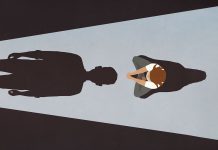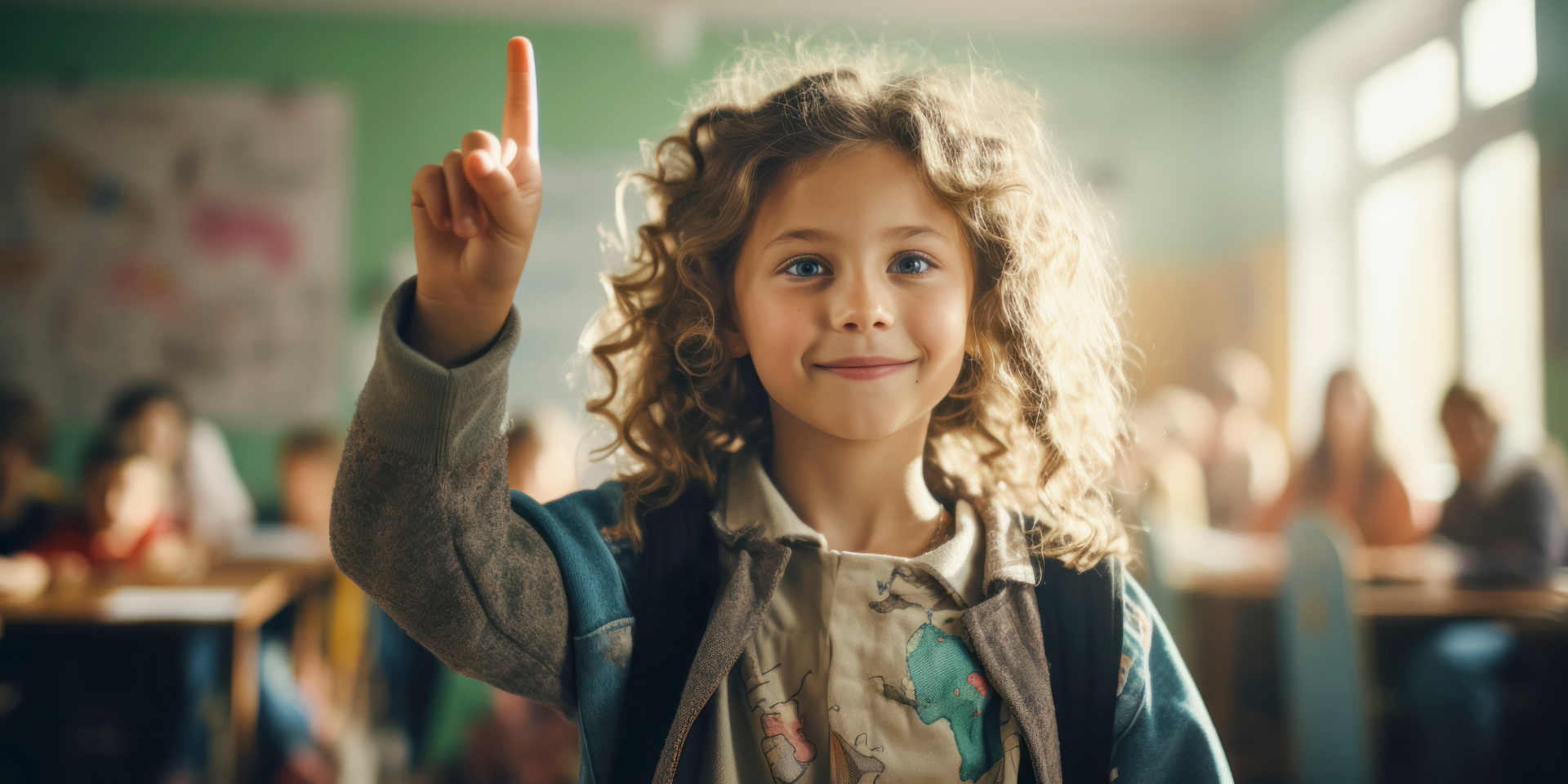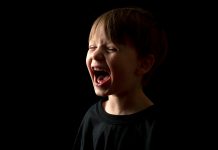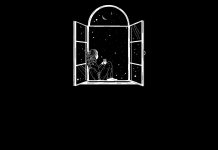“What is the point of anger and where do you feel it in your body?” I was in my early 20s and looked at anger with wide eyes and few answers about emotions. I knew too little about the sensations it caused in my body, or how to identify and use them.
I was terribly ashamed of my lack of basic knowledge about such an important part of my life, but that’s why I’d come to therapy: to get help. The therapist pedagogically unravelled and put together disparate jigsaw pieces of information about emotions. The process of recognising them at the right time and keeping track of them didn’t suddenly become easier, obviously because of a lack of practice. But it was a starting point.
I wish I were the only one who lived for many years without valuable information about myself, but I’m afraid there are many of us, and I know this from daily interactions with the people around me. I don’t have to think too hard to find examples of adults who are unable to recognise their emotions and manage them for their benefit. From the friend who is clearly suffering from his recent divorce and loudly insists that he’s fine and has moved on, to the relative with an eating disorder who has a hard time accepting that it’s just a symptom of suppressed sadness, to the co-worker whose fear of failure is affecting her job performance, to the neighbours who are spiraling out of control in the group chat, the examples flow and reveal a lot of hurt and denial.
The explanations are simple: we grew up with: “Why are you crying? You have nothing to cry about!”, “Don’t scream, I’m gonna make you eat those words!”, “Stop being such a wimp, there’s nothing to be afraid of!”, “Why are you making such a big deal about it?” We learned far too early to disconnect from what we were feeling and replace those feelings with what we thought we should feel.
But intuition told us that the feelings and sensations in our bodies didn’t just go away because they were supposed to; furthermore, the adults around us didn’t seem to have the balance they expected us to have. We promised ourselves that when we grew up we would not lose our tempers over trivialities, that we would allow ourselves to cry when we lost something important to us, even if it was trivial in the eyes of others, that we would stand up for ourselves when we were wronged, and that we would rejoice wholeheartedly at successes . The truth is that the education we received was stronger, and we often resort to our parents’ strategies: denial, repression or loss of control when tensions build up. It is even more painful to realise that they have passed on what they received from their parents, and that without a conscious effort to break the tradition, we pass on this baggage like an infectious disease.
There are better ways
I firmly believe that emotional education is one of the key ingredients, if not the foundation, of a fulfilled life. An honest analysis of a single day can give us many clues as to what we are unaware of if our relationships contain many emotional unknowns. When we are surrounded by people who use their emotions to build fulfilling lives, or when we know first-hand how good it feels when emotions are neither our enemy nor our master, but valuable tools, then we understand the paramount importance of emotional education.
The category most receptive to lessons about emotions are children. Their world is flooded with them, in the absence of full development of the prefrontal cortex, which is responsible for abstract thinking and rational decision-making that regulates the flood of emotions.
Normalising each emotion and providing simple tools to manage them, so that children are attuned to themselves while being mindful of the impact of their emotional behaviour on others, does wonders for mental health, social integration, and academic performance.
The fear of the adults I interact with in educational settings is that allowing children to feel all emotions is a recipe for disaster. And I have to admit that there is a kernel of truth in their concern: more than a few children become “little monsters”, difficult for others to manage and accept.
In my opinion, however, a lack of tools and emotional balance in adults is more to blame for these dangers. Providing space for the expression of emotions does not mean a lack of boundaries or passivity in the face of verbal, physical or emotional aggression. Children need to know what not to do when they feel an emotion, but they also need alternatives that work for them. Nothing makes learning easier than practicing emotional regulation with an adult who knows the tools for themselves and uses them consistently.
The first tool in emotional education is familiarisation with the vocabulary of emotions and the association of bodily sensations.
Examples from one’s own experience help children to understand and normalise what they are feeling. “When I have to do a difficult task, I feel anxious and afraid that I won’t be able to do it. Sometimes the anxiety gives me a stomachache. Could your stomachache be related to the test you’re taking tomorrow? It helps me to talk about my fears; sometimes they’re huge in my head and when I talk about them I realise what they are and how big they really are.”
Talking in a safe space is what puts the pieces of the puzzle together in the developing child’s confused mind. It is important to remember that mastering theory is not enough, because imitating behaviour is the most accessible form of learning. If I can’t recognise and self-regulate certain emotions, I won’t be able to teach a child how to do it.
Children become more confident, independent and empathetic the easier it is for them to understand basic emotions and use the self-regulation tools they have learned. They know that the classmate who is hitting their pencil holder is angry, and they will ask him or her to express their anger in a way that respects their belongings. They know it’s okay to cry when they lose their favourite toy and that they have someone to go to to ease their pain. They are genuinely happy about their own and their friends’ achievements and show their gratitude openly.
When they are a little older, children begin to notice within themselves the subtle differences between joy and ecstasy, sadness and disappointment, anger and frustration. Each tells them something different and gives them another tool to create the life they want. Failure doesn’t bring them down, success is within normal limits, and emotions are understood as temporary friends. The list of manifestations is very long, but their conclusion is short: emotionally educated children become well-balanced adults, at peace with themselves and others.
A portrait of emotional education
On 13 June 2021, the Danish footballer Christian Eriksen collapsed on the pitch during a match in the European Football Championship. The game was immediately stopped and his teammates formed a shield around the intervening medics, protecting the player from prying cameras at a difficult moment. The Denmark captain went to the touchline with another colleague to reassure Christian’s frightened wife, and both teams refused to resume until it was announced that Eriksen was out of danger. When the good news came, after more than an hour’s interruption, the players decided to warm up again and continue the game. A seemingly normal course of events, but one that left many astonished at the naturalness with which the players showed concern for all involved, empathy and the ability to get back to playing. I may be influenced by my admiration for the Nordic education system when I say this, but reactions of this kind are learned and practised from childhood to reach this stage of naturalness.
Summer camps are the long-awaited moment for the children in the programs of the foundation where I work. From their interactions in different contexts, we have realised that it is important to help them better communicate their needs in order to avoid conflict situations. We gave them a simple formula as a tool: “If you do/say …, I feel …”, “I need … from you”, “Can you please…” They practised this in different contexts close to them and came up with situations for which they needed advice. To our delight and surprise, according to the feedback form, the workshop was one of the most enjoyable. One of the messages that came back to us was: “I get along better with my brothers because I know how to tell them what is bothering me.”
These two examples are just a small part of how emotional education contributes to individual and collective wellbeing. And the fact that we have missed many of the lessons of emotional education is no excuse for passing on our inability. We have a responsibility to learn, to ask for help and to grow. It is a responsibility to the child we were and to all the children for whom we are role models. And beyond the responsibility, it is an incredible opportunity to bring our relationship with ourselves and others closer to the ideal.
Andreea Irimia has been working with and for children, formally for 5 years and informally for over 15 years. She is passionate about helping children to grow in a balanced way and to enjoy learning.




















